Suggested tasks for today: Reflect: Today, we would like to invite you to reflect on the last four days. What did you find eye-opening and will definitely consider for your practice?
One of my frustrations with Google+ is the way posts get jumbled up and quickly get submerged so it's hard to keep track and make sense of the conversations as a whole. So this is my attempt to synthesise just one part of this week's conversation relating to the first activity when participants were invited to create a box that promoted a particularly inspiring learning or teaching situation they had experienced.
One of the interesting insights I have gained through creating this synthesis is the way it reveals the amazing affordance in a box for creative thinking when it is part of a social learning process to which people want to contribute. I have compiled the posts that were made together with participants' responses to the posts and invite you to offer your own perspectives on what does this activity tell us about creativity in the context of making a contribution to #creativeHE social learning enterprise?
PLEASE POST ANY OBSERVATIONS & COMMENTS YOU HAVE ON #CREATIVEHE
| creative_affordance_in_a_box.pdf |
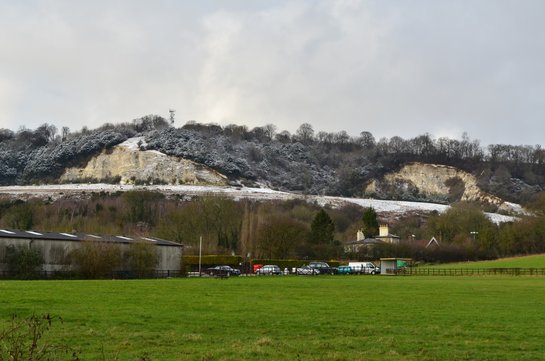

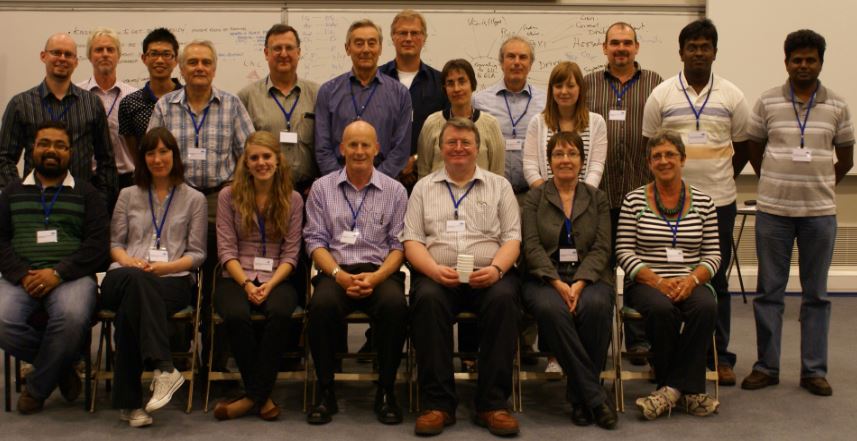
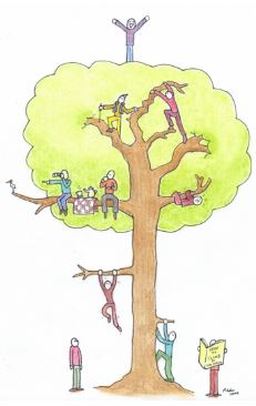
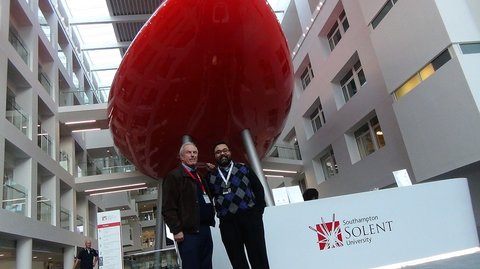
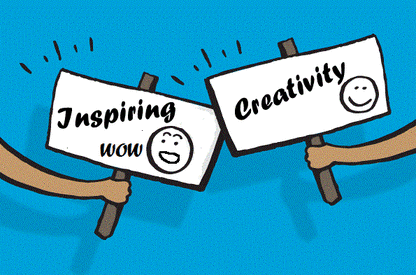
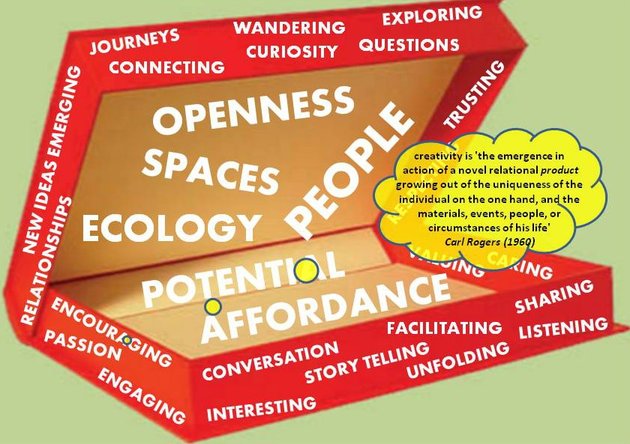
 RSS Feed
RSS Feed